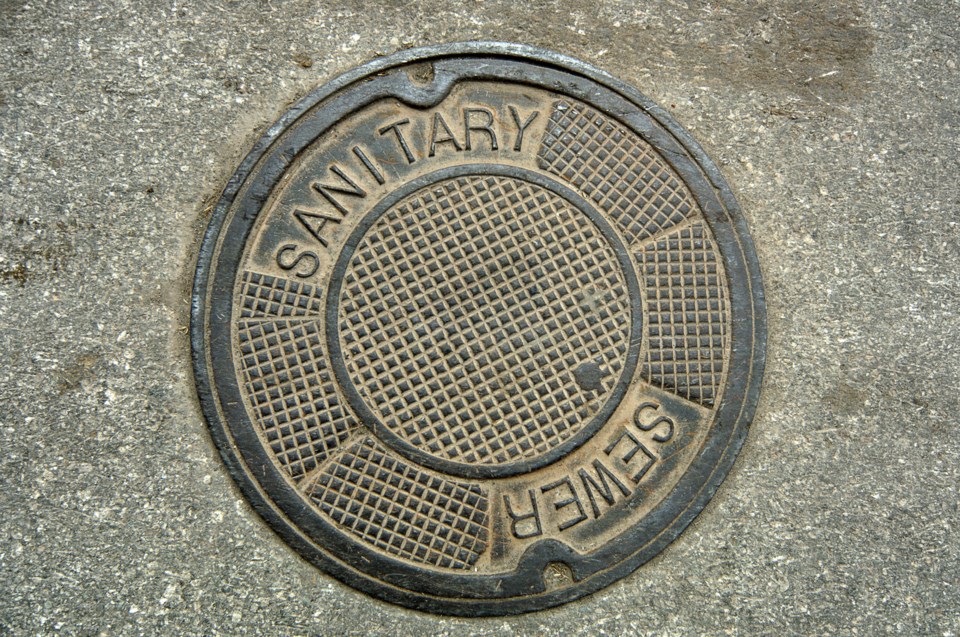Bill 23, the More Homes Built Faster Act, has left most municipalities, environmentalists and community groups all expressing concern about the consequences.
Here’s one little problem with huge consequences: What to do with all the stuff we flush down the toilet?
Put simply, Ontario’s extreme growth rate will have us awash in, well, sewage, to be polite. (A little aside: you’ll see the term wastewater used a lot. Official language defines sewage as the biological waste that goes down the toilet; wastewater includes sewage, plus water from bathing, washing dishes, laundry and so on.)
The government is confident Ontario’s wastewater management can be expanded to cope. But plans come loaded with environmental, fiscal and logistical challenges.
Lake Ontario already has a problem with accidental sewage spills. Since 1996, an estimated 396 million litres of untreated wastewater has spilled into the lake.
In Toronto there has been a long-standing history of heavy rainfalls generating sewage overflows. The city’s harbour has been plagued with “fatbergs” — grease, fat, tampons, wet naps and the like that float in treatment ponds and head to the lake when there are overflows (known as bypasses in municipal speak).
The city’s four treatment facilities – the newest of them 60 years old, and the oldest 106 – are collectively designed to service a population of just under 2.5 million. The province expects the city’s population to rise from 2.79 million to 4.04 million by 2046.
Wastewater treatment plants are, by and large, designed to allow spills, to handle excess inflow from storms. It’s the lesser of two evils: either let that excess flow out into the wild, or wait for it to back up into people’s homes.
North of Toronto, the province is preparing for York Region’s expected 35.4 per cent growth in 25 years by planning to draw more water from Georgian Bay, for drinking supply, and consequently, for wastewater.
York’s new wastewater is proposed to run by pipeline to Durham Region, where most of the region’s wastewater is already being treated and routed to Lake Ontario.
That means adding more pipes to the controversial lines through the Oak Ridges Moraine originally opposed because of the potential harm to the ecological value of the moraine.
It's going to mean a massive diversion of water from Lake Huron’s basin into Lake Ontario, without going the natural route through the lower Great Lakes.
By one estimate, 20 to 40 million litres per day will be drawn from Lake Simcoe and Georgian Bay by 2051. With it will come a host of unknowns about the environmental impact, or even its legality within the framework of the international Great Lakes-St. Lawrence River Sustainable Water Resources Agreement.
York isn’t the only one hoping to pull more water out of Georgian Bay, and Lake Simcoe. Simcoe County’s landlocked municipalities are already worrying about their future water needs.
Conversely, they also worry about where to send treated wastewater. Back in 2006, Simcoe County’s Intergovernmental Action Plan (IGAP) had already acknowledged that Lake Simcoe was “at or near capacity for contaminant loading,” and that other sub-watersheds were near their limits.
Last year, the County hired a consultant to review its water and wastewater delivery systems. The Water and Wastewater Delivery System Review states that, although some cushion for expansion exists in the county’s 27 sewage treatment plants, the Greater Golden Horseshoe Growth Plan will add further demand to wastewater infrastructure.
Plus, the review states, many of the pipelines are reaching the end of their lifespan; electrical and mechanical equipment is also becoming dated. The review states the forecast capital needs are $1.1 billion — just to get the municipalities to 2030.
The future implications for the taxpayer are daunting. The review says there is only hazy understanding of the financial burden of water and wastewater needs in some municipalities.
Water and sewer rates can’t sustain budget needs. Historic political reluctance to increase capital spending has created a growing backlog of needs — an avalanche of spending, and increased mil rates, may result over the next three decades.
The alternative is coping with a system incapable of managing growth.
Ontario’s 2019 Greater Golden Horseshoe Growth Plan anticipated that the population of Simcoe County would reach 555,000 by the year 2051. The 2021 federal census showed the County had already reached 533,169 people, increasing by more than 11 per cent in five years.
At that rate, the county’s population could surpass the 2051 target by 2026.
The County’s 2023 Water and Wastewater Service Delivery Review relies on the estimates of the provincial growth plan for its expansion projections. If the real growth rate continues, the challenges the review identifies could be outscaled by reality.
It leaves one wondering whether some random flush of a toilet in 2051 might create a great, unpleasant backwash.
John Challis is a writer and editor living in Washago. This article is written on behalf of Canadians for a Sustainable Society.



